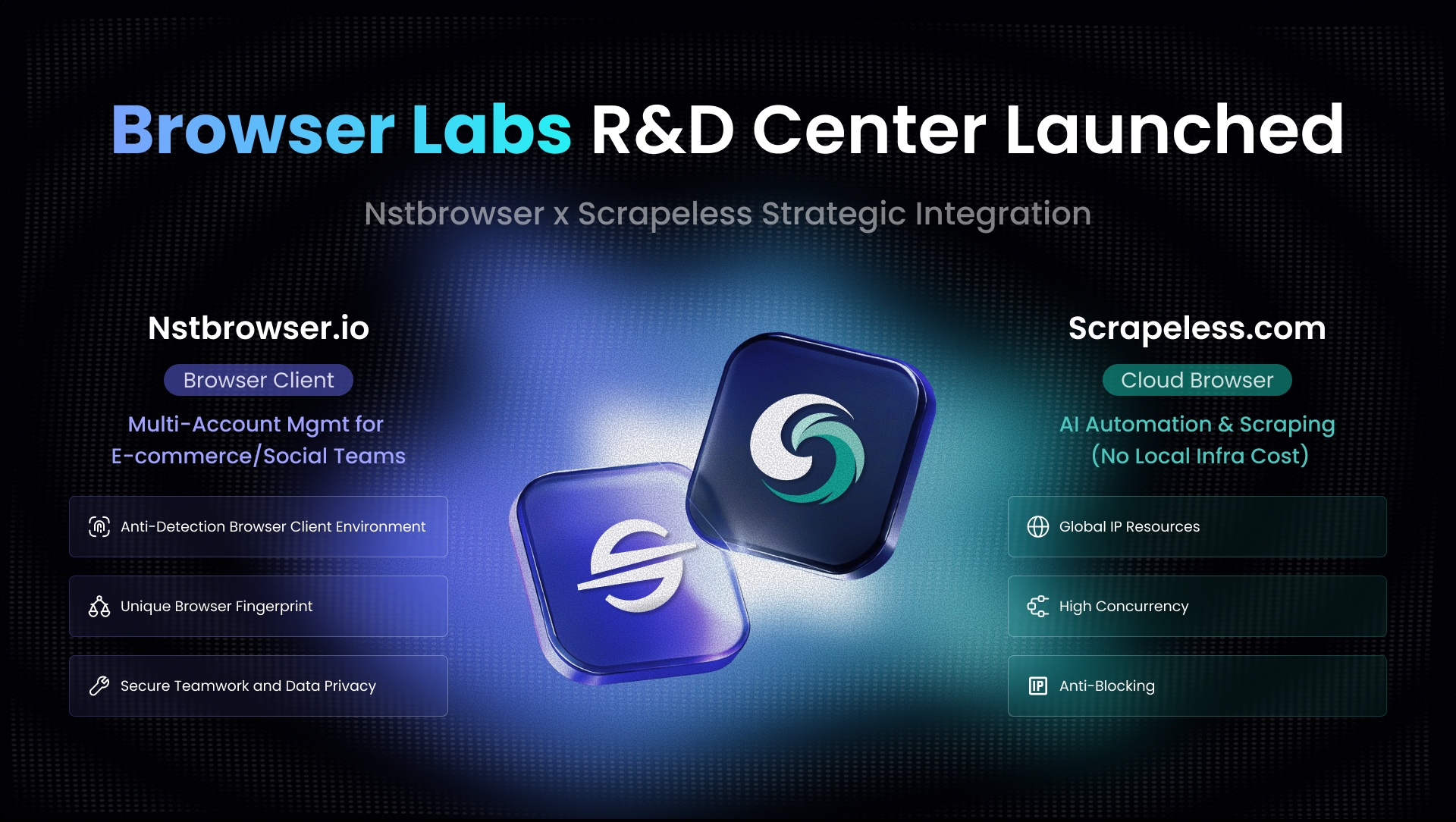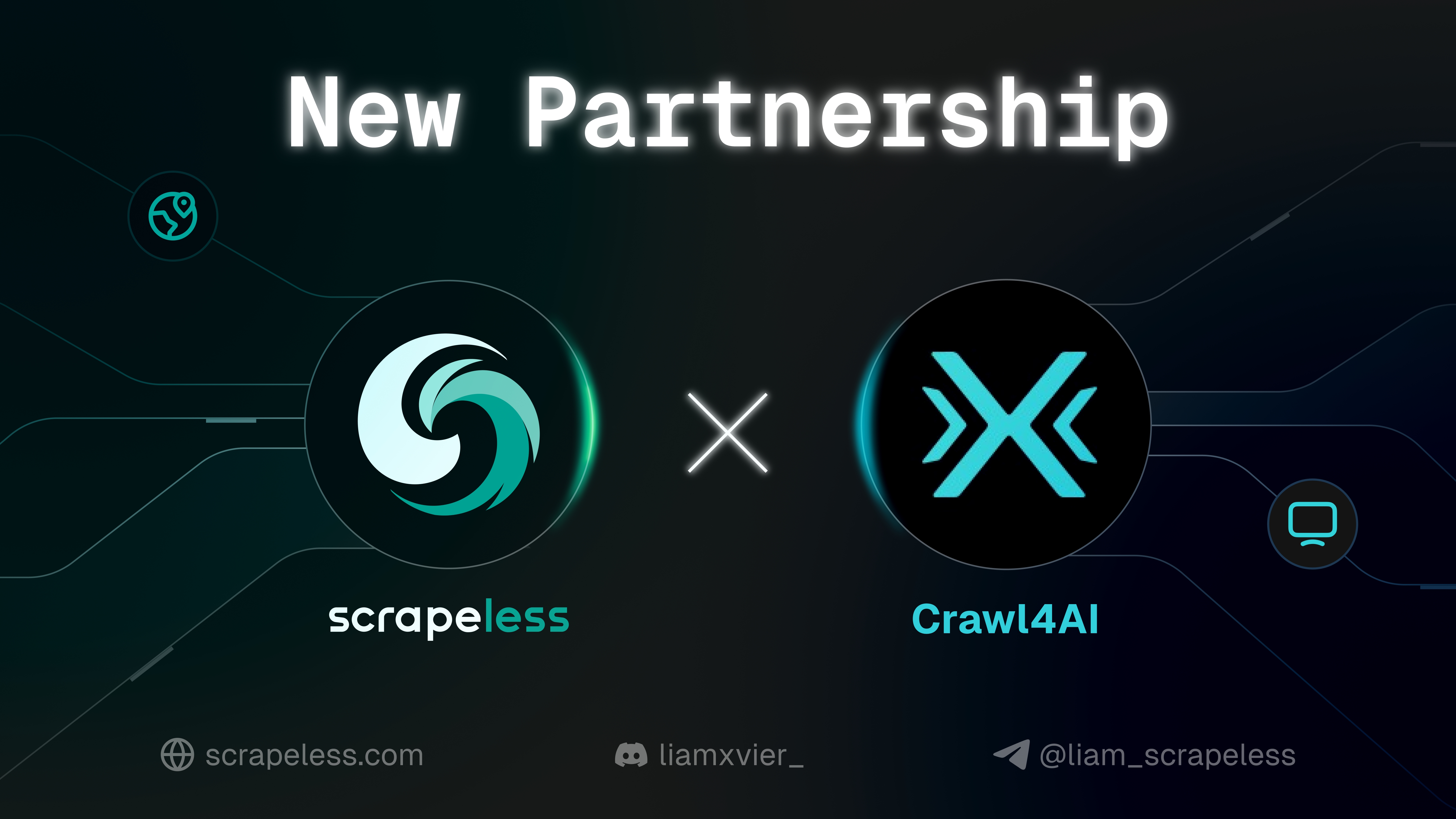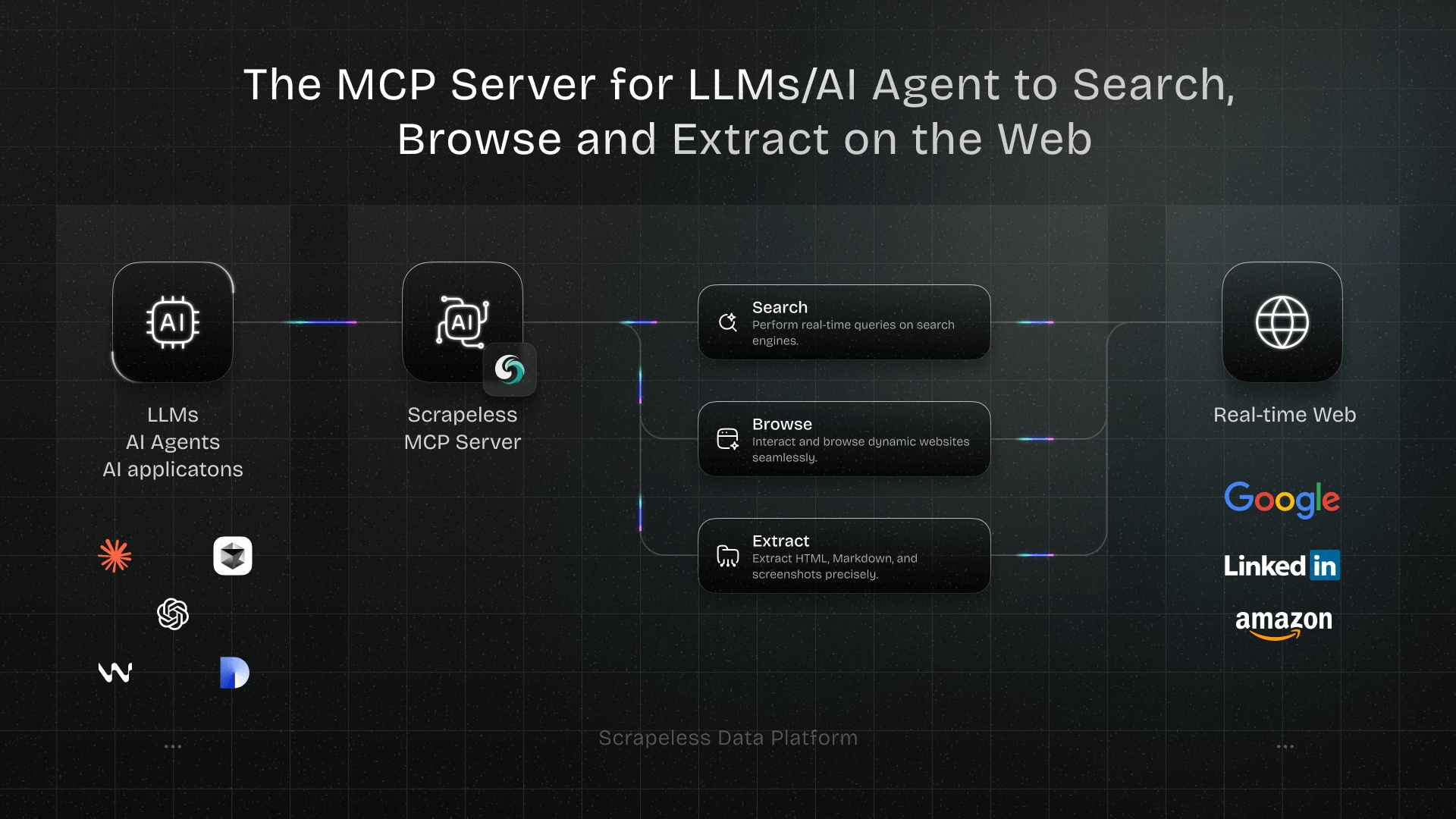499 Error How to Avoid: Proven Tips for Reliable Web Scraping and Automation
Expert Network Defense Engineer
Introduction
A 499 error occurs when a client closes a connection before the server responds. Web developers and data engineers face this issue often when scraping, API testing, or running high-concurrency applications. This guide explains why 499 errors happen and offers practical solutions to avoid them, including the use of Scrapeless for reliable web automation.
Key Takeaways:
- 499 errors result from premature client disconnects.
- High concurrency and Cloudflare-like protections increase the likelihood.
- Tools like Scrapeless can bypass common blockers.
What is a 499 Error and Why It Happens
Conclusion first: A 499 error indicates the client terminated the request before the server completed processing.
- It is not an HTTP standard error but is used by Nginx to log client disconnects.
- Often occurs during long-running requests or under high latency.
- Can be triggered by network instability or aggressive firewalls.
Reference: NGINX Docs
Common Causes
- Slow server responses.
- Network timeout on the client side.
- Anti-bot protections like Cloudflare, DataDome.
High Concurrency Risks
Conclusion first: Running multiple simultaneous requests increases 499 errors.
- Bulk scraping or API polling may overload server connections.
- Each client session competing for resources can prematurely close.
- Proper concurrency management can reduce errors.
Example Scenario:
- Scraping a product page with 50 concurrent requests leads to intermittent 499s.
- Using Scrapeless, users can manage multiple isolated profiles, avoiding premature disconnects.
Avoiding 499 Errors During Web Scraping
Conclusion first: Reliable scraping requires session management and anti-block bypassing.
- Rotate proxies to distribute request load.
- Use session persistence to maintain active connections.
- Implement retry logic for failed requests.
Tool Recommendation:
- Scrapeless bypasses Cloudflare, DataDome, and other anti-bot mechanisms automatically.
- Supports multiple profiles with unique fingerprints.
Application Example
- E-commerce price tracking.
- Social media analytics.
- Real-time stock monitoring.
Proper Timeout and Retry Strategies
Conclusion first: Setting optimal timeouts and retries reduces 499 errors.
- Configure client-side timeout slightly longer than server processing time.
- Implement exponential backoff for retries.
- Monitor server logs to adjust thresholds dynamically.
Comparison Table:
| Strategy | Advantage | Disadvantage |
|---|---|---|
| Short timeout | Fast failure detection | High risk of 499 |
| Long timeout | Fewer disconnects | Can block other requests |
| Exponential retry | Adapts to server load | May increase total request time |
Handling Anti-Bot Protections
Conclusion first: Anti-bot systems are a major cause of 499 errors.
- Cloudflare and similar services may drop connections.
- Standard headers may be blocked or challenged.
- Automated tools like Scrapeless handle fingerprinting and session validation seamlessly.
Case Study:
- Scraping Amazon search results triggers reCAPTCHA.
- Scrapeless navigates challenges and collects data without disconnects.
Monitoring and Logging
Conclusion first: Continuous monitoring prevents 499 errors from escalating.
- Use detailed logging for each client session.
- Analyze frequency and patterns of disconnects.
- Adjust concurrency and timeout settings accordingly.
External Source: Stack Overflow Discussion on 499 Errors
When to Use Proxies
Conclusion first: Proxies can reduce the likelihood of client disconnects.
- Spread requests across multiple IPs to avoid rate limits.
- Combine with session persistence to maintain stable connections.
- Recommended for scraping sites with strict request limits.
Example Providers: Scrapeless built-in proxies, Bright Data, Smartproxy.
Summary and Recommendations
Conclusion first: Proper configuration, session management, and anti-bot bypass are key.
- Use Scrapeless for automation across protected sites.
- Maintain optimal timeout and retry policies.
- Monitor logs to adjust strategies in real time.
CTA:
Avoid 499 errors and streamline web automation. Try Scrapeless for free and access any website without interruption.
FAQ
Q1: What triggers a 499 error?
A1: Client disconnects before server responds, often due to timeouts or network issues.
Q2: Can 499 errors affect API scraping?
A2: Yes, especially with high concurrency or protected endpoints.
Q3: How does Scrapeless help?
A3: Scrapeless maintains session stability, bypasses anti-bot systems, and reduces disconnects.
Q4: Do proxies prevent 499 errors?
A4: Yes, distributing requests across proxies reduces overload and connection drops.
Q5: Is 499 an official HTTP error?
A5: No, it is specific to Nginx for logging client disconnects.
At Scrapeless, we only access publicly available data while strictly complying with applicable laws, regulations, and website privacy policies. The content in this blog is for demonstration purposes only and does not involve any illegal or infringing activities. We make no guarantees and disclaim all liability for the use of information from this blog or third-party links. Before engaging in any scraping activities, consult your legal advisor and review the target website's terms of service or obtain the necessary permissions.



